How I believe Autism inspires my emerging and revitalising journey into Horticulture
 At the RHS Chelsea Flower Show 2022
At the RHS Chelsea Flower Show 2022
I’m Chris Jesson and since January 2021 I have been publishing my gardening adventures in my distinctive style on Instagram at @groovygardeninguk. Aside to my work as a Chartered Town Planner, I presently study the RHS Level 2: Principles in Horticulture (Distance Learning) with Craven College. I am elated to be a volunteer gardener at Renishaw Hall & Gardens in Derbyshire and for the National Trust at both Clumber Park in Nottinghamshire and Wentworth Castle Gardens in South Yorkshire.
I live in North Nottinghamshire with my partner. We moved to this newbuild property in 2019 and this gave us a baseline from a gardening perspective to do exactly what we would like to achieve and evolve the space; except we didn’t know quite how much at the time. The garden is set on two levels, split by wooden sleepers and steps. It is framed beautifully by border landscaping and a wonderful English Oak that ensures some dappled shade in parts of the garden and plenty of leaves come the Autumn. The garden is south-west facing. My story explains the journey this garden has taken me on.
Life is of course unpredictable and that implicates every one of us. Sometimes you can be proceeding ahead successfully and then all of a sudden various barriers come to challenge you. I’m not exclusive in this, though I would say that as an autistic person there is consensus that barriers (particularly social and communication ones) can appear daily as we navigate the confusion and rush of modern neurotypical worlds.
It is often spoken that gardening can appear seemingly out of nowhere and provide comfort as a saviour when times are tough. That is exactly what happened to me in 2020 during the initial lockdowns. Work stress, extreme anxiety beyond the usual, combined with the requirements for swift societal change during a pandemic proved troublesome to the highest degree in over a decade. Despite my diagnosis I had experienced many years of defying the face of adversity to get where I am now, in a good full-time job (statistically for this the odds are against me), living independently with a partner in a home we own. I spent many years being busy, busy and more busy, filling out every last hour with a mixture of work, voluntary efforts as a representative and advocate of the town planning sector, meticulously planned holidays and travelling considered to be ‘time off’. It was a merry go round of time-intensive obligations destined for burnout, but a life lesson that taught me a great deal and turned me inadvertently towards the garden to generate a sense of place.
During an extended period of time off ill in the Autumn of 2020, I took a step back in many of my extra pursuits to help but it was the outside space that I chose in small steps to form the healing process. This ultimately proved to be the right decision. There had been a modest interest in gardens before; their colour and design, their contribution to the historic setting of country estates and various family members’ interests in visiting gardens had often involved my attendance. There had however been very little understanding of the way of the role gardens had for wildlife and conservation, the identification of plants, colour schemes, successional planting and the horticultural practices of propagation and simply looking after plants properly. All of this was outside of the realms of my understanding and experience, but the way my brain is ‘wired up’, I would say, poses as a key asset.
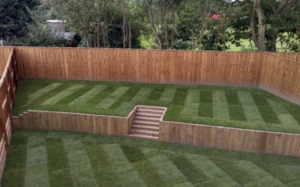
The Garden when we moved in (August 2019)
When we first took the garden on, plants were bought willingly from nurseries and garden centres but without a particular strategy or understanding of where to go. Plants were arranged with an eye for combination but without attention made to composition, cohesion or simply how they might fare in that position. For the first year of us living here, this strategy continued acceptably enough, with a willingness to improve the garden to but not carried by the enthusiasm that I now possess. I had a small zip-up greenhouse where I began to experiment with free packets of seed, with good success but zero expectation. More for a reason of adding to the long-term garden design and layout rather than knowing of its opportunities, I fortunately made a snap decision to order a proper bespoke metal greenhouse as the initial foray appeared to be a welcome one. At the time the COVID-19 pandemic was spreading across the world at relentless pace and little did I know how important that judgment would end out to be.
Ultimately the lockdown and resulting emotional experiences I faced in the ensuing months appeared to be the turning point. While it was initially a novelty to work from the home office, following the Easter holidays I began to really suffer with the competing demands that were subtly different to experiencing them in a physical office or on site. Those deadlines, juggling a challenging full-time job with intense voluntary work, ended up colliding head on with one another in this lonely existence of being at home, a place I’d seldom been at.
Thankfully the weather in the first major lockdowns ended up being warm and sunny; itself directing me to the outside space in our spare time as we were all confined to the home. I contemplated and browsed the space in the spare time and discovered that the garden plot here was a chief reason why we chose the house. An unusual trapezium shape it may be, but it is ripe for improvement and is enveloped, almost cossetted by the borrowed landscape beyond, led by the English Oak. With the burnout and anxiety becoming regular and cyclical occurrence, come the Autumn of 2020 I was particularly unwell, and this coincided with the arrival of the greenhouse. While I was in too much disarray to help construct it, with the help of my partner and his family the bespoke lean-to greenhouse was constructed to the back of the garage in time for the cooler Autumn and I was able to get started on some early sowing such as the Sweet Peas, Cerinthe major, Nigella damascena and Cornflowers.
The practice of sowing in peace during the period where I was off in the Autumn proved to be the ideal tonic, where the brain could stop spinning at 3,000mph and I could narrowly focus with precision on a single task, return back to it and nurture it. This would often be in the comfort of classical music, or simply birdsong. I quickly realised that in doing so I could be quite quickly distracted from the turmoil, rebuild the brain, be less forgetful and agitated. I returned to work part-time where I have remained since, supplementing my days off with gardening and developing horticultural skills out in the garden.
I set up @groovygardeninguk to initially to stop boring friends and family with endless photos of the garden on personal social media. This quickly started to build an association whereby a journey could be mutually followed, and I didn’t quite realise just how much the account would ultimately grow, to some 6,200 people internationally at the time of writing. Nor did I realise how beneficial it would be to me, learning about planting combinations, finding gardening tips, meeting new people, and ultimately retraining. All of the subsequent studies have been borne out of my life experiences into horticulture from my own garden space and showcasing them online. The ability to show photos, videos and do live tours around the garden continues the skill I have put to good use before as an advocate or representative of current and earlier professions. Testimonials to the account suggest I am an approachable and enthusiastic person in the way I present myself online. Moreover, the voluntary work I undertake allows me to be exposed to practical learning as a supplement to the theory based RHS course. It no longer represents voluntary work of the kind that feels relentless and not on my terms; while still busy I have greater control over what I choose with my time, and of course I’m fortunate to be able to accept lesser hours at work in the process. The process of gardening in essence is a gift that keeps on giving.
Those facets of gardening I didn’t truly appreciate back in the day – the role gardens had for wildlife and conservation, the identification of plants, colour schemes and successional planting and the horticultural practices of propagation looking after plants, are now at centre stage. This is aided by the propensity of my brain, with its photographic memory, to be able to retain certain information. I can feel my brain and body leaping at the chance every time I see the garden from the back window. The palpable sense of wanting to be out there, and then immersing yourself is invigorating. I have not felt that feeling about a destiny of mine for a good while. As a person, once I have that feeling and vision, I set out my hardest to get there and one way or another have got there, with plenty of mistakes to learn from as is par for the course. The capacities I learned when successfully representing disabled people at university in the late 2000s and town planners in the 2010s now extends to gardeners in the 2020s. I’m more driven with this than has often been historically the case, but since having to reinvent myself I now try and be less modest and more bold given I traditionally had been hard on oneself. There is the hurdle of tricky exams to navigate but one is definitely in the zone.
Having this space is a real privilege to me. It has both restored aspects of me but also been a powerful generator of a new crowd of people to be carried by, and for me to inspire. The distinctiveness of me as a person has been brought out once again with vigour and enthusiasm. In July 2010 I stood on the stage at graduation to receive the University of Sheffield Chancellor’s Medal for services to disabled people. The kind of spirit I had in that role has cascaded into every pursuit since; place autistic individuals in the right environment and they can absolutely flourish. The garden as it is now is the best proof that gardening is good for me and that I am good for gardens. While there can be shortcomings, I could not be without the diagnosis to be this way and owe a lot of credit to it.
You can follow Chris on Instagram @groovygardeninguk or on Facebook as ‘Groovy Gardening with Chris’
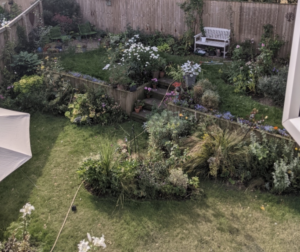
The garden as it is now (July 2022)
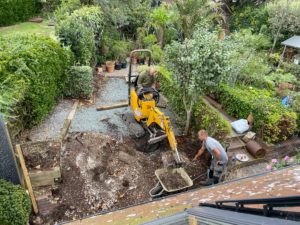
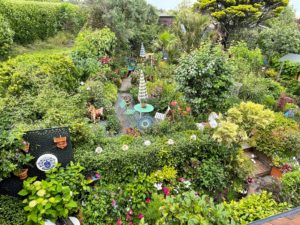
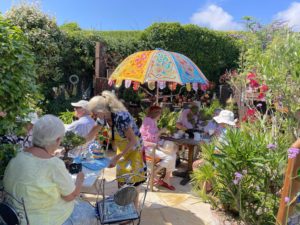


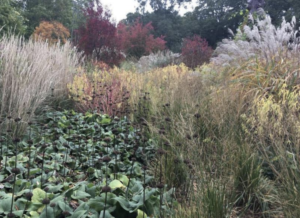
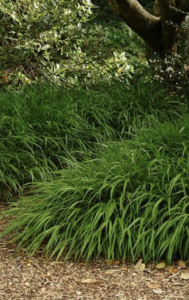
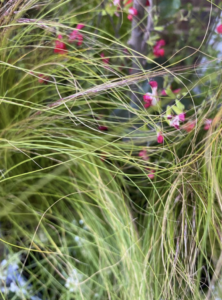
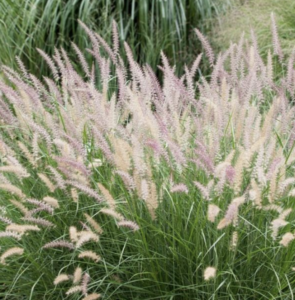
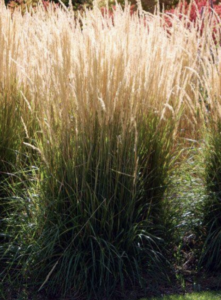
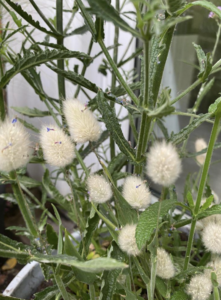
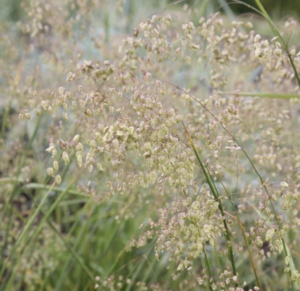
 I always wanted to learn to garden, even as a child I begged my father to let me have a patch of garden to try growing things, but it wasn’t until I got my first allotment in my early 20’s that I started to learn to grow food and that’s when I first heard about permaculture. Permaculture is a design system which helps us to create sustainable lifestyles.
I always wanted to learn to garden, even as a child I begged my father to let me have a patch of garden to try growing things, but it wasn’t until I got my first allotment in my early 20’s that I started to learn to grow food and that’s when I first heard about permaculture. Permaculture is a design system which helps us to create sustainable lifestyles.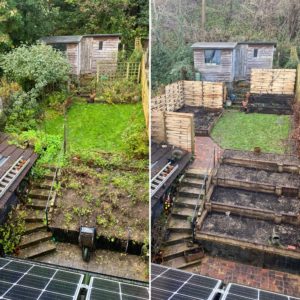
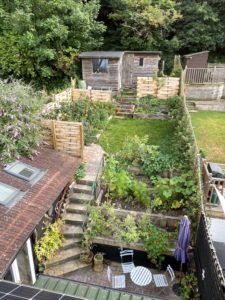
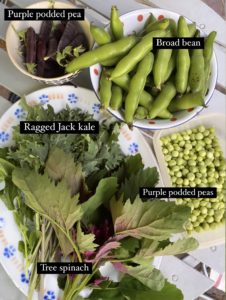
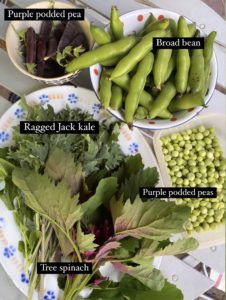
 At the RHS Chelsea Flower Show 2022
At the RHS Chelsea Flower Show 2022
